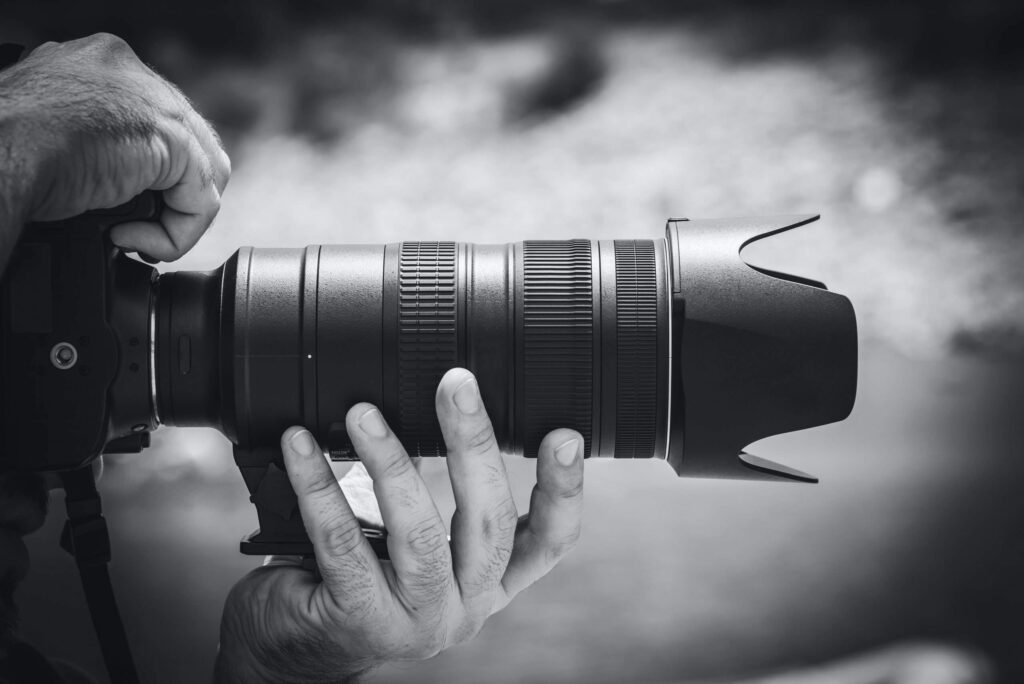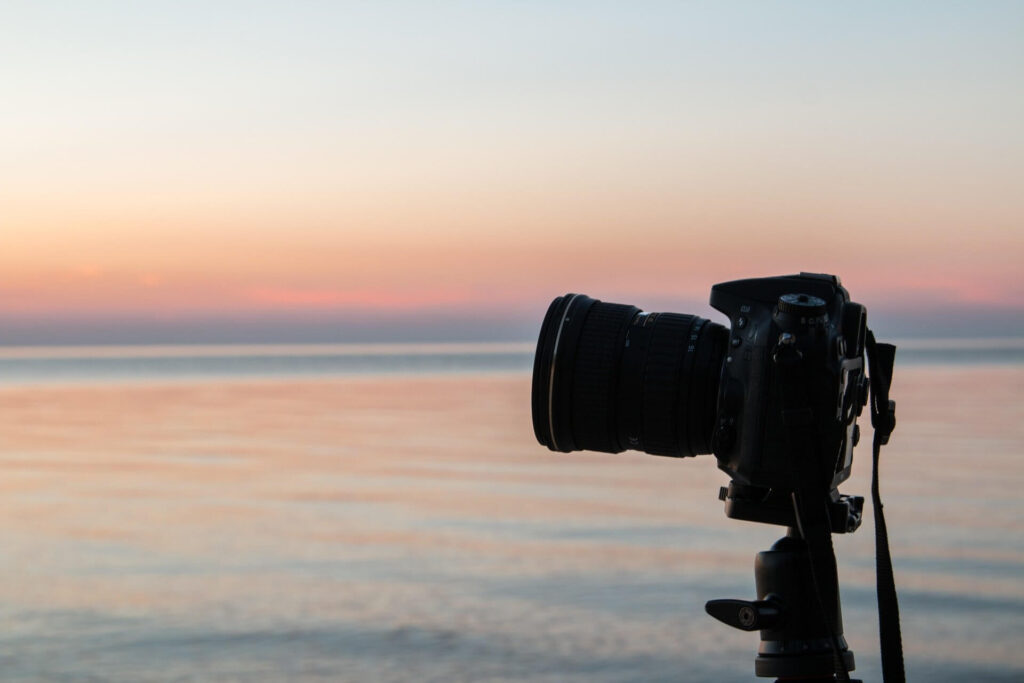There are numerous photography composition rules. Don’t worry, you only need to understand a few when you’re starting out.
I remember when I first started I was overwhelmed and had many questions.
What are the elements of composition in photography? Why is composition important in photography? I thought photography was supposed to be creative; why are there so many damn rules!?
It’s all good. Photography composition “rules” are really just guidelines. Plus, rules were made to be broken anyway, right?
P.S. If you’re interested in seeing some of my best photography work, check out the Gallery or my Instagram. Some of my images are also available as photo prints, with a selection of my favorites HERE. If you’re curious, check out my current Gear List.
Definition of Photography Composition:
According to SLR Lounge, composition is “the way that contents within the frame are arranged or laid out. It is what you choose to include in the frame and where it is placed.”
Now, what exactly does this mean in the real world? Here are some common elements of composition:
- Position of the horizon
- How many subjects to include
- How much of the sky to include
- How much of the foreground to include
- Centered vs off-center subject
Not so bad so far right?
Why is Composition Important in Photography?
To put it simply, having an understanding of photography composition rules is what can make the difference between a bad photo and a masterpiece. Oftentimes you can greatly improve a photograph of the same subject by altering the photograph’s composition.
Playing with the elements of composition can transform the everyday shot of your cat into a best-selling print! Maybe that’s getting a bit ahead of ourselves; but as a side note, if your cat is anywhere as energetic as mine, they can make great practice if you’re interested in wildlife photography!
Using wildlife as an example, it’s important to consider the entire scene when selecting your photography composition technique for a given photograph. It’s easy to get excited when you see a black bear, a bald eagle, a domestic chicken, or whatever else gets you excited.
But take a second and breathe!
Remember, your goal isn’t simply to prove to your friend that you saw your favorite chicken! Your goal is to tell a story about the subject. This is what makes for a great photo. I used to be a prime offender of getting excited and just simply capturing a quick photo. Something I now often remind myself is I’d rather take the best photo of a chicken than the worst photo of a bald eagle.
Okay, enough rambling. Now let me walk you through some of the most important photography composition techniques. These are great for beginners but I’m always coming back and reviewing them as well.
Rule of Thirds:
Ah, the rule of thirds. Even if you haven’t heard of the rule of thirds, I bet you have already seen it. Many cameras (including our phones) come with a built-in grid overlay for the rule of thirds.
If this isn’t ringing a bell don’t worry. This grid is simply two vertical and two horizontal lines which are evenly spaced. What this does is divide the frame into thirds.

The idea behind this compositional rule is that you should aim to place elements of your frame along these gridlines. If you want a quick and easy way to improve your next landscape shot, don’t place your horizon in the center of the frame. Instead, either place it along the top or bottom horizontal line. Boom! Your photo is now probably better than 75% of your friends’ photos on Instagram.
It doesn’t stop there though. Want to take a photo of a palm tree on the beach? Rather than centering the tree, place it along one of the vertical gridlines.
This may seem simple because it is! Honestly, practicing with only the rule of thirds initially will get you pretty far. And it doesn’t need to end with trees and horizons. Try applying this to everything and you’ll be surprised.
To kick it up a notch, now try placing an area of focus on one of the intersecting points. If you finally tired out your cat chasing them around the house, take advantage of this moment and capture a stationary portrait with their outside eye of one of the intersecting points.

Now that you’re an expert on the rule of thirds, I’m going to remind you that rules are made to be broken and we are going to talk about symmetry.
Symmetry:
Okay, so symmetry is pretty much the exact opposite of everything I just told you. Now you’re going to take your subject and place it in the center of your frame.
But won’t this make my photo look boring and sub-par? The short answer is maybe, but when used properly symmetry can be a powerful compositional element. Plus, if you’re using a digital camera with free “film” just take a shot using the rule of thirds as well and decide what looks better after.
There really isn’t a rule of thumb about which scenes work best with symmetry, so definitely experiment. However, I personally like it when there is either a single subject centered in a vast scene or there is a central clearing centered in a busy scene.

Leading Lines:
Remember when we talked about telling a story with your photos? Leading lines are one of my favorite elements of composition for this as they direct the viewer’s eyes through your image.

One of the most common examples I’ve seen of leading lines is a windy road through the mountains. But your leading line doesn’t need to be a road and doesn’t even need to be windy.
Straight lines work just as well as curved lines. What is important is that your leading lines need to actually lead somewhere! You want your leading line to lead to your area of interest, not out of the photo. If you have a line in front of you that you like but doesn’t feel right, try moving your feet. You’d be surprised by the dramatic effect that changing the angle of the line can have on the overall composition of the photo.
Rule of Odds:
This one is easy. Odd numbers only. If you are photographing boats in the harbor, find a group of 3 or 5. If you are taking a family portrait for a family of 6, you need to have them pick a kid to sit out. Kidding of course because these are just guidelines!
However, for whatever weird reason humans are wired to prefer odd numbers in photos. It’s a fact. Even I can attest to this as one of those freaks that needs the volume to be an even number.
Even volume numbers. Odd numbers in your photography composition. It’s just how it is.

The number I often choose is 3. However, 5 and 7, or even 1 also work. Plus, I think you get extra bang for the buck because planning your shot this way forces you to be selective about your subjects.
Negative Space:
Negative space as a compositional element is one of the easiest to understand but hardest to master. Well at least for me.
The idea is that you utilize an empty area to optimize your scene. Examples of this are the sky, ocean, snow, or grassy field. When used properly, negative space can be very creative.

Rule of Space:
Now that we’re talking about space in your photos, another important composition technique is the rule of space.
Again, remember the story! Animals, people, and vehicles are dynamic subjects so we should aim to portray them that way. It’s actually quite simple to do so.
If a subject is gazing to the right, capture the energy of the moment and give them some space to look.

If a subject is moving to the right, give them the space to move!

Fill the Frame:
The opposite of negative space composition. Now you want to really focus on your subject. You can do this in a variety of ways. Whether it’s a zoom lens, getting physically closer, or cropping in post-processing, the result is similar.
Your goal should be to make your subject distinct and to minimize any background distractions. This can have a huge impact, especially when photographing small subjects.

This can be utilized with any subject but you will often see this with wildlife photography.
Conclusion:
Now that you understand some of the most important photography rules it’s time to get out and practice! It may seem daunting now but trust me it will become second nature in no time.
My recommendation would be to try each of them next time that you are out. Spend a little while getting acquainted and then pick one to use as your “base composition” until you have them all mastered. Probably the best to master first is the rule of thirds. Then think of the other compositional elements as modifications and/or alternatives.
Let me know in the comments what your favorite compositional method is! Also, this blog thing is new to me so I would appreciate any feedback!
If you missed my previous article about the exposure triangle check it out Here!
Or read the next article about Understanding Camera Modes.
Thanks for reading to the end. Your support means the world to me! If you’re interested in seeing some of my best photography work, check out the Gallery or my Instagram. Some of my images are also available as photo prints, with a selection of my favorites HERE.
This post contains affiliate links, which means if you make a purchase through my site I may make a small commission at no extra charge to you. I only promote products that I 100% support.





Hi there, I do believe your blog may be having browser compatibility issues. When I look at your web site in Safari, it looks fine however, if opening in IE, it has some overlapping issues. I just wanted to give you a quick heads up! Other than that, great website!
Thank you, I will look into it! I appreciate your feedback.
Pingback: What is Exposure in Photography | The Exposure Triangle Explained
Very helpful, thank you!
No problem! Glad you liked it.